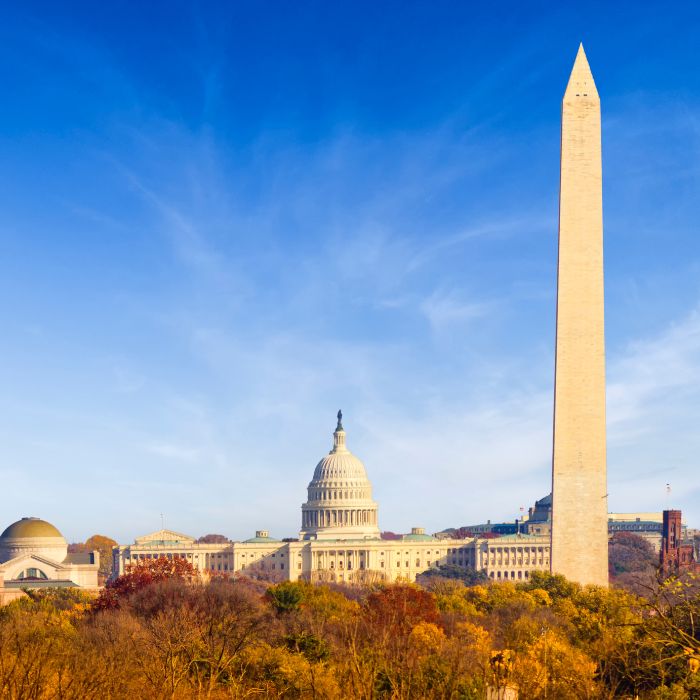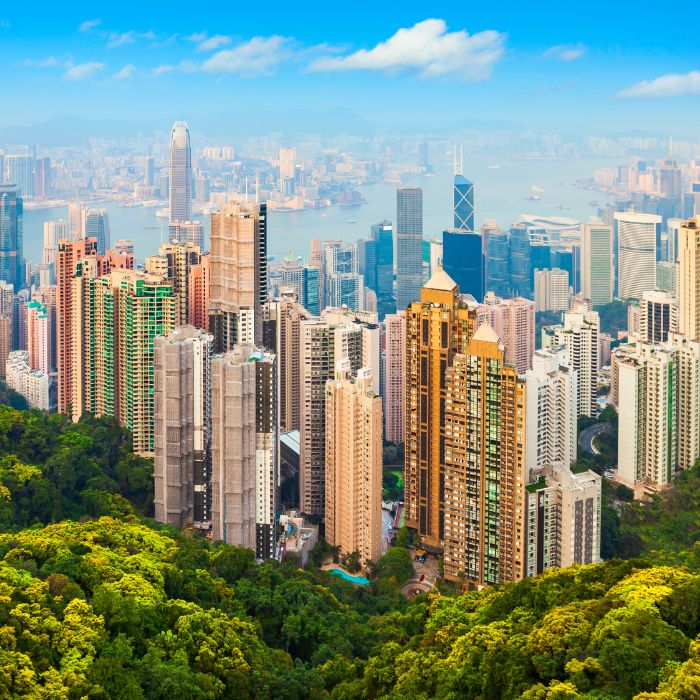
Country / Territory
Related contacts
Related contacts
Related contacts
By: Chad Ellsworth
Despite months of vigorous debate over the EB-5 Regional Center program and the introduction of multiple draft bills, Congress did not reach a consensus and no legislation was passed in 2015, resulting in a “clean” extension of the EB-5 Regional Center Program without any changes until September 30, 2016. However, the short-term renewal of the program sets the stage for the debate over EB-5 reform to be rejoined later this year, which could lead to more stringent requirements for foreign investors starting October 1, 2016. That debate began anew this week with a hearing before the Senate Judiciary Committee, in which legislators and other officials began discussing potential changes, and one senior official suggested that even with no legislative changes, further regulations were likely.
One of the most vigorously debated EB-5 issues in the past year was the definition and designation of Targeted Employment Area (“TEA”), those regions that qualify for the downward adjusted minimum investment of $500,000, with many proposals seeking to toughen the current standards significantly.[1] The potentially tightened requirements for TEA designation would likely mean fewer urban EB-5 projects, which are currently popular with many individual investors.
Under the current legislation, many EB-5 investors tend to favor well-known urban areas as it can be easier for them to conduct on-site due diligence and monitor a project’s progress when they visit the United States, as many individuals customarily travel to large urban centers (e.g. California, New York, Florida, Illinois, Texas, etc.). Moreover, when selecting urban projects many investors look for TEAs given the lower $500,000 investment amount. Under the existing law, a TEA is a rural area or one that has an unemployment rate of 150 percent of the national average. Further, the designation of a TEA is usually clear under current law as state governments are vested with broad authority to designate high unemployment areas. Current regulations provide state officials broad discretion in setting TEA borders, and as a result, high-unemployment TEAs can extend across multiple census tracts and include tracts that are geographically distant from the tract where the investment project is located (“Project Location”), so long as they remain consistent with regional commuting patterns and economic needs.
However, it is probable any new EB-5 legislation implemented after September 30, 2016 could incorporate many of the proposed provisions introduced in 2015. Again, the core proposed changes to TEA designation, if enacted, are expected to significantly change current practice and potentially limit investors’ options in an urban environment.
If the proposed changes to TEA definitions are enacted in the future, many urban projects that meet current requirements may no longer qualify as a TEA. Even if such definitions are not enacted, a senior government official at this week’s Senate Judiciary Committee suggested that USCIS is considering future regulations on the designation of TEAs including limitations on the discretion of state governments to designate TEAs. The practical implication for future EB-5 investors is that they may no longer be able to invest the downwardly adjusted investment amount in an urban project. While EB-5 legislative and/or regulatory changes are not certain to occur after September 30, 2016, investors who do not act promptly may risk losing the option to invest with many popular urban EB-5 projects.
An analysis of the TEA standards included in the December 12, 2015 draft[2] legislation, titled the American Job Creation and Investment Promotion Reform Act of 2015, and how they would apply to urban projects in New York City is included in Part II of this blog.
This is part 1 in a two part series. Click here to read part 2.
[1] Under some draft legislation, changes to the minimum investment amount in TEAs were also proposed, with some bills raising the threshold in a TEA region to $800,000 or $1 million. Notably, the December 12 draft of proposed EB-5 legislation, developed as compromise legislation following the introduction of several bills in 2015, proposed a raise to $800,000.
[2] The December 12 draft was never formally finalized as a bill, but was introduced as a working draft under the above title. This draft is analyzed in this discussion as it is the latest version of the proposed legislation.
Country / Territory
Related contacts
Related contacts
Related contacts
Explore more at Fragomen

Media mentions
Partner K. Edward Raleigh commented on proposed changes to US entry requirements.

Video
Business Immigration Consultant Marisa Gizzi from Fragomen explains everything about the Schengen C Visa: who needs it, how to apply and key travel tips to stay compliant in the Schengen Area.

Media mentions
Partner Rick Lamanna discussed Canada’s $1B plan to attract global researchers.

Blog post
Manager Alex Hood, Senior Associate Kimberley Ong and Immigration Paralegal Ataa Rajput explain the final extension and settlement deadlines for UK Tier 1 Investor visa holders and outline who can still qualify and why early action is essential.

Media mentions
Partner K. Edward Raleigh on how the $100K H‑1B fee factors into hiring international talent.

Media mentions
Managing Director Magdalene Tennant and Director Kitty Lo highlight Hong Kong as an attractive destination for global investors.

Blog post
IPM Business Process Manager Hazel Yaman outlines key visa, work authorisation and border considerations for athletes, media, event staff and spectators travelling to Italy for the Milan–Cortina 2026 Olympic and Paralympic Winter Games, including the impact of the EU’s new Entry/Exit System.

Media mentions
Corporate Services Director Elena Caron highlights key considerations for UK nationals moving to the UAE.

Media mentions
Associates Charlotte Roberts and Karina Casey highlight how the UK’s earned settlement proposal may influence global talent and HR planning.

Media mentions

Blog post
Associate Alejandro Hernandez analyses new F and J visa screening practices, including social media vetting by US consulates and proposed DHS changes that could significantly alter admission periods for students and exchange visitors.

Awards
Fragomen Ireland is accredited with IBEC’s KeepWell Mark™, recognizing the practice’s commitment to wellbeing, inclusion and responsible business.

Media mentions
Partner K. Edward Raleigh commented on proposed changes to US entry requirements.

Video
Business Immigration Consultant Marisa Gizzi from Fragomen explains everything about the Schengen C Visa: who needs it, how to apply and key travel tips to stay compliant in the Schengen Area.

Media mentions
Partner Rick Lamanna discussed Canada’s $1B plan to attract global researchers.

Blog post
Manager Alex Hood, Senior Associate Kimberley Ong and Immigration Paralegal Ataa Rajput explain the final extension and settlement deadlines for UK Tier 1 Investor visa holders and outline who can still qualify and why early action is essential.

Media mentions
Partner K. Edward Raleigh on how the $100K H‑1B fee factors into hiring international talent.

Media mentions
Managing Director Magdalene Tennant and Director Kitty Lo highlight Hong Kong as an attractive destination for global investors.

Blog post
IPM Business Process Manager Hazel Yaman outlines key visa, work authorisation and border considerations for athletes, media, event staff and spectators travelling to Italy for the Milan–Cortina 2026 Olympic and Paralympic Winter Games, including the impact of the EU’s new Entry/Exit System.

Media mentions
Corporate Services Director Elena Caron highlights key considerations for UK nationals moving to the UAE.

Media mentions
Associates Charlotte Roberts and Karina Casey highlight how the UK’s earned settlement proposal may influence global talent and HR planning.

Media mentions

Blog post
Associate Alejandro Hernandez analyses new F and J visa screening practices, including social media vetting by US consulates and proposed DHS changes that could significantly alter admission periods for students and exchange visitors.

Awards
Fragomen Ireland is accredited with IBEC’s KeepWell Mark™, recognizing the practice’s commitment to wellbeing, inclusion and responsible business.


